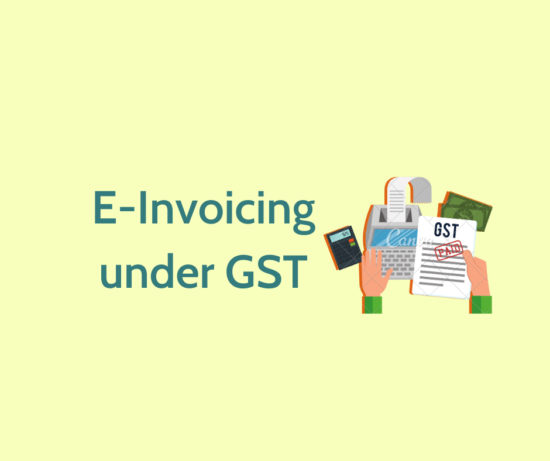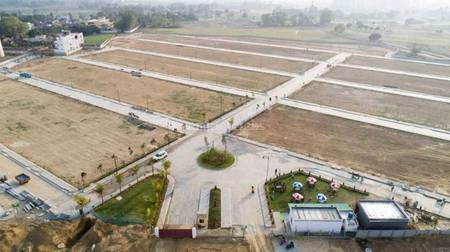We all know that effective from 1st October,2020 , GST e-invoicing will come into play wherein the suppliers who satisfy the specified conditions will be required to include a Quick Response (QR) code in all the GST invoices raised. When we talk about QR Codes we are comprehended with two types of QR codes, first one being IRP generated QR Code and second one being self- generated dynamic QR code.
It is observed that there are frequent queries on the QR Codes to be mentioned on invoices as per statutory provisions. Below note summarises the comparative position:
GST e-invoicing: IRP-generated QR Code on B2B & Export Invoices, Credit & Debit Notes:
As per Rule 48(4) of CGST Rules,2017 (inserted vide Notification No. 68/2019 – Central Tax, dated 13-12-2019 and read with other notifications), notified registered persons, in case of B2B & Export supplies, have to prepare invoice by uploading specified particulars in FORM GST INV-01 on Invoice Registration Portal (IRP) and upon obtaining Invoice Reference Number (IRN). The Portal will also return a QR Code which contains key particulars of the invoice including IRN.
While the 64-character IRN need not be printed on the invoice, the QR code generated by IRP shall be printed on the invoice issued to the buyer. (It was also clarified that printing of QR code on separate paper is not allowed. While the printed QR code shall be clear enough to be readable by a QR Code reader, the size and its placing on invoice is upto the preference of the businesses.)
Self-generated Dynamic QR Code on B2C invoices
There is a separate Notification No. 14/2020-Central Tax dated 21st March, 2020 which mandates entities with aggregate turnover > Rs. 500 crores in a FY to include QR code on their B2C invoices. It was also specified that a Dynamic Quick Response (QR) code made available to buyer through digital display (with payment cross-reference) shall be deemed to be having QR code. In this case, the QR Code is generated by supplier himself.
The purpose of this Notification is to enable and encourage digital payments where buyer can scan the dynamic QR code and make payment from mobile wallet directly. Today, many shops have static QR code at the payment counter which is scanned by the buyer but the buyer has to enter the amount to be paid to the shop (in the mobile payment App). The dynamic QR code, on the other hand, will have the payment details and thus ‘scan and pay’ in one go will be possible.
This requirement has no relevance or connection with GST e-invoicing mandated for B2B Supplies and Exports by notified class of taxpayers.
Below table summarises the differences between two notifications:
| Notification No. | 14/2020-Central Tax dated 21st March, 2020 | 68/2019 – Central Tax Dated 13-12- 2019,13/2020-Central Tax dated 21st March, 2020 & 61/2020 Dt. 30-7-2020 | |
| 1. | Type of transaction covered | Supplies made by a registered person to unregistered persons (also called B2C supplies) | Supplies made by a class of registered persons to other registered persons and exports (B2B supplies). |
| 2. | Applicable to whom? | Registered persons (GST taxpayers)having an aggregate turnover above Rs. 500 crore in a financial year | Registered persons (GST taxpayers)having an aggregate turnover above Rs. 500 crore in a financial year. |
| 3. | Notification highlights | Issuance of a QR Code on the invoice by above mentioned registered taxpayers for supplies made to unregistered persons.The QR Code is for the purpose of making payment by the unregistered person/Consumer to such registered person making the B2C supply, using UPI-based payment Apps by scanning the QR Code. | Notified registered persons, in caseof B2B & Export supplies, have to prepare invoice by uploading specified particulars in FORM GST INV-01 on Invoice Registration Portal (IRP) and upon obtaining Invoice Reference Number (IRN).On upload of e-invoice particulars on the Invoice Registration Portal (IRP), the portal would return a QR Code also which will contain key details of the invoice like the IRN, sellers’ and buyers’ GSTIN, taxable value and tax amount, IRN, digital signature and dominant HSN of the invoiceetc. |
| 4. | QR code to be generated by | Supplier himself either on the Point of Sale (PoS) machine or the Invoiceissued. | Generated by the IRP and returned against the e-invoice details reported to IRP. |
| 5. | Purpose | To enable payment using UPI by a mobile application by scanning of this QR Code. | To embed key particulars of reported invoice and to verify whether an invoice has actually been reported to IRP or not and whether digital signature is intact or tampered with. |
***
[rainbow]Don’t miss the next GST Update / Article / Judicial pronouncement[/rainbow]
Subscribe to our newsletter from FREE to stay updated on GST Law
Resolve your GST queries from national level experts on GST free of cost.
TW Editorial Team comprises of team of experienced Chartered Accountants and Advocates devoted to spread the knowledge of GST amongst the various stakeholders.




